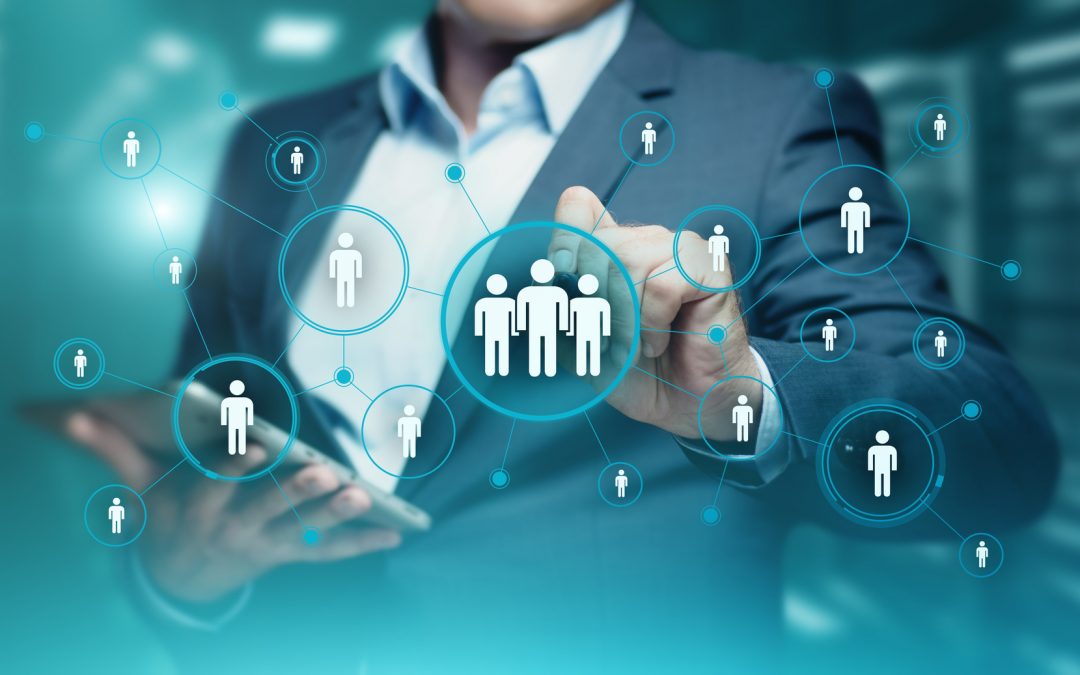
HR Digitalization and People Analytics
Many HR departments have embraced the latest technologies in order to streamline their operations. This gives managers more time to focus on employee experiences as they implement HR digitalization and people analytics. Understanding the capabilities of these systems can help organizations save time and money.
What is HR digitalization and people analytics?
As hiring practices have changed, most HR departments have been actively transitioning over to many digital programs that allow for better efficiency and more in depth analysis. This often breaks down into two main categories:
HR Digitalization – Adapting new digital technology in order to identify patterns, improve business operations, and increase productivity. Some examples of digitalization would include:
- Smartphone Apps – applying for a job and signing electronically
- Job Interview and Training – using a meeting platform or training portal
- Workflow Management Software – automatically managing tasks and informing team members
People Analytics – Collecting, analyzing, and applying data in order to improve essential business practices based on analysis of the data. Examples of people analysis would include:
- Production Management – Examining the process for a company’s finished product
- Financial Outlook – Analyzing costs related to overhead, production, and cash flow
- Employee Survey – Feedback about engagement, inclusion, and career development
People analytics typically looks at an entire company as opposed to HR analytics which specifically analyzes the HR department in areas such as:
- Compensation and Benefits – Analyzing market comparison, labor costs, and retention
- Performance Management – Development of goals and analysis of employee productivity
- Recruiting Processes – Examining process in quality of engagement, length, and transparency
According to Gartner, over the next 10 years, data collection is expected to increase. In their survey they found 16% of employers are managing hybrid work environments by monitoring attendance, computer usage, and email frequency.
Strategies for using HR digitalization and people analytics
According to a 2020 McKinsey and Company article, “How to be great at people analytics,” in order to use people analytics and HR digitalization at an optimum level usually requires moving through a 5-step process for the biggest impact.
Step 1 – Poor Data – This is the starting point for many companies who have data that needs to be examined, cleaned, and recoded to be effectively used in a updated analytical system
Step 2 – Good Data – Data collection rules have been established and are stored in a central location that includes transactional information but tends to be difficult for decision makers to access
Step 3 – Strong Data – Analysts serve internal clients and have the technology available such as platforms and reporting tools to do their analytical work
Step 4 – Advanced Analytics – Data scientists and technicians at this step are doing more advanced analysis, typically using tools such as R and Python for in depth mathematical results
Step 5 – Reliable Predictions – Having a large amount of data in order to do deep predictive analysis that allows for scenario planning, reliable predictions, and recommendations
As people analytics becomes more essential in shaping business outcomes, the main areas that usually ensure success are effective data management, a skilled analytical team, and clear alignment with the overall company goals.
The impact on employees when employers use this technology
HR technology allows employees access to various systems in order to make their employee experience better by having their questions answered and staying engaged throughout the process. Some of these typical processes include:
Recruitment Automation – This includes a recruitment system that gathers initial information from the applicant, conducts pre-screening tests, sends immediate results, and prompts next steps.
Onboarding Training – Once officially hired, applicants can complete their onboarding paperwork electronically that can be tracked and stored automatically.
Payroll Software – Entering hours and having the system calculate, personal time off, sick leave, or holiday pay, streamlines the payment process, allowing the employee to view and plan their time off.
Benefits for employers who use HR digitalization and people analytics
Since working onsite is no longer a requirement for many employees, having technology available helps many managers navigate the new reality of a very flexible workplace culture. Some of the main benefits for employers include:
Saving Time – HR professionals have many tasks that need to be accomplished in order to hire and retain employees. The more automation and self-service options that can be utilized will help HR staff focus on larger projects.
Saving Money – According to SHRM, hiring a new person can cost an average of $4,700. The more streamlined the hiring process, will reduce the overall cost of hiring and allow HR professionals to focus on being as cost effective as possible.
Employer Reputation – As more companies innovate, the businesses that don’t invest in HR digitalization and people analytics will be compared to companies who have to make the employee experience a good one, which can solidify their reputation as a top employer.
